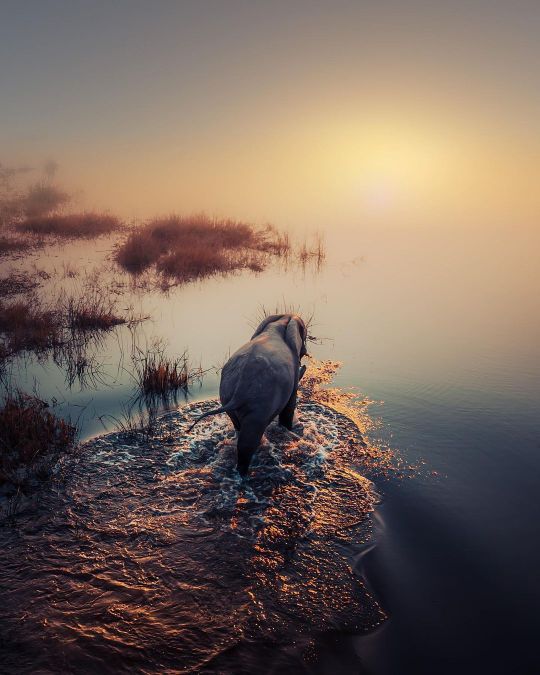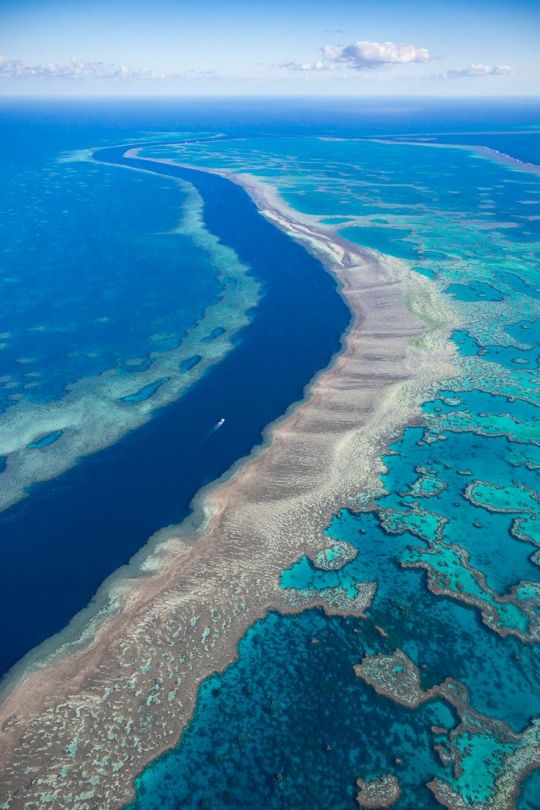#estuarial
Explore tagged Tumblr posts
Text




two queens maximizing their joint slay
#uuuuggggghhhhhh#this was the most catastrophic shoot of my life#these aren’t edited i know the lighting is abysmal#but i thought they were cute so#here ya go#splatoon 3#splatoon#cosplay#marina#marina ida#posting this then throwing my phone in the nearest river pond or estuary#i retconned the lighting a teeny tiny bit so rb this version instead#i think it should bw illegal for things to look different on your computer vs your phone#the way shitty bathroom lighting no makeup mirror selfies are better than a shoot that took weeks to prep and hours to shoot#h a h a
3K notes
·
View notes
Text
"When considering the great victories of America’s conservationists, we tend to think of the sights and landscapes emblematic of the West, but there’s also a rich history of acknowledging the value of the wetlands of America’s south.
These include such vibrant ecosystems as the Everglades, the Great Dismal Swamp, the floodplains of the Congaree River, and “America’s Amazon” also known as the “Land Between the Rivers”—recently preserved forever thanks to generous donors and work by the Nature Conservancy (TNC).
With what the TNC described as an “unprecedented gift,” 8,000 acres of pristine wetlands where the Alabama and Tombigbee Rivers join, known as the Mobile Delta, were purchased for the purpose of conservation for $15 million. The owners chose to sell to TNC rather than to the timber industry which planned to log in the location.
“This is one of the most important conservation victories that we’ve ever been a part of,” said Mitch Reid, state director for The Nature Conservancy in Alabama.
The area is filled with oxbow lakes, creeks, and swamps alongside the rivers, and they’re home to so many species that it ranks as one of the most biodiverse ecosystems on Earth, such that Reid often jokes that while it has rightfully earned the moniker “America’s Amazon” the Amazon should seriously consider using the moniker “South America’s Mobile.”
“This tract represents the largest remaining block of land that we can protect in the Mobile-Tensaw Delta. First and foremost, TNC is doing this work for our fellow Alabamians who rightly pride themselves on their relationship with the outdoors,” said Reid, who told Advance Local that it can connect with other protected lands to the north, in an area called the Red Hills.
“Conservation lands in the Delta positions it as an anchor in a corridor of protected lands stretching from the Gulf of Mexico to the Appalachian Mountains and has long been a priority in TNC’s ongoing efforts to establish resilient and connected landscapes across the region.”
At the moment, no management plan has been sketched out, but TNC believes it must allow the public to use it for recreation as much as possible.
The money for the purchase was provided by a government grant and a generous, anonymous donor, along with $5.2 million from the Holdfast Collective—the conservation funding body of Patagonia outfitters."
youtube
Video via Mobile Bay National Estuary Program, August 7, 2020
Article via Good News Network, February 14, 2024
#united states#alabama#estuary#wetlands#swamp#river#environment#environmental issues#conservation#video#biodiversity#american south#ecosystems#ecology#conservation news#wildlife conservation#ecosystem#conservation efforts#good news#hope#forest#swampco#re#Youtube
2K notes
·
View notes
Text

Grain, Kent, England, August 2024.
#photography#nature photography#beach#seaside#coast#nature#landscape#meadow#grasses#wildflowers#sweet peas#seascape#water#river#estuary#kent#england#grain#isle of grain#lensblr#photographers on tumblr#original photography
457 notes
·
View notes
Text

A Nhâchchech [Naak'kek] hunter shows off typical daywear. The Nhâchchech (weaver) culture is the most prominent culture of the northern polar regions. The Nhâchchech are also sometimes called the Eshtchchonh [Eshtk'kon], or 'pattern folk/pattern people' due to their brightly patterned outfits. Ssereâch [Sareaat], a hunter, displays typical daywear for teens and adults. Garb is conveniently labeled for our sake. More in depth description under the cut.
Ssereâch is wearing a Ghelâmach, a Nhêdchchonh, a pair of Mhshêchchonh, Dhlesfa and Dhlepach, and a Ssamhnhâl. She also wears Ffâpecha and a few Bhearpaf as accessories. A Ghelâmach [Gelaamat] is the skinned, tanned pelt of one or several polar Ghelâ turned into a warm, insulating cloak. Perfect for colder environemnts. Traditionally Ghelâmach are handmade and use real fur, but faux fur dupes can be found in tourist heavy polar cities. Ssereâch's Ghelâmach is split into two parts, with a more typical overcape 'mach' and a separate waist wrapped section sometimes referred to as a Shochghelâ [Shotgelaa], Ghelâ skirt, when worn apart from the mach. Together though, the two piece ensemble is collectively called a Ghelâmach. A Nhêdchchonh [needk'kon], literally 'pattern shirt', is common upper wear following the same vein as Mhshêchchonh. The patterns of a Nhêdchchonh are typically reserved for the collar, sleeves, and bottom border as opposed to trailing up the entire side of the fabric as is common for Mhshêchchonh. The bright blue color of the body fabric is due to the dye of an aquatic plant rather morbidly called Fôlachemhêsh [Fulatemeesh], "Blood Root". This name comes from the plant's tendency to 'bleed' a vibrant blue sap that heavily resembles Chenesht blood when wet, and when dry, can be boiled down to make a liquid pigment.
Mhshêchchonh [msheek'kon], literally 'pattern pants', are common legwear for polar cultures. Their patterned bands traditionally contain information about the individual wearing them such as name, job, and family but can also contain folk stories, poems, or legends, though purely decorative patterns have come into style among younger generations. Ssereâch's Mhshêchchonha have purely decorative patterns.
The patterned borders of Nhêdchchonha and Mhshêchchonha are woven either through the loom weaving method or the more typical card weaving method and made of dyed sinews, braided plant fibers, or spun fur. They can take months to years to complete depending on the complexity of the pattern. Dhle [Dle] is the common word for any sort of hand or foot covering, typically translated as either 'boot' or 'glove' depending on the context for its use. The Dle being worn here are Dhlesfa [Open Dle] on the forelimbs and Dhlepach [Closed Dle] on the hindlimbs. Dhle were near exclusively worn by the Nhâchchech culture prior to the Three Beasts War and the subsequent cultural merger that led to global leaps in technological advancement. Their once niche use as protective coverings from harsh elements became common use as comfortable footwear for walking along the artificial sidewalk pavements and streets of most modern cities.
Ssamhnhâl [Samnal] literally translates to 'bone glasses' [ssamh - glass, nhâl - bone]. Ssamhnhâl are carved from bone and serve as eye protectant from winter storms or harsh light gleaming off of the snow. The primary eyes look through horizontal slits in the bone, while the secondary eyes are shielded by a carved in 'flap' that they can look under or over. Ssereâch's Ssamhnhâl is carved with decorative patterns as well.
Ffâpecha [Faapeta], or 'twin rings', are a common decorative accessory among teens used to show their devotion to one another. Each ring is made of carved bone and sealed together by animal sinews mashed into glue once they've been linked, and typically have the first name or family name of their beloved carved into one, and their own name into the other. Ffâpecha have long been a source of drama and contention among especially young teens, and broken or cracked sets can often be found littered around the grounds of majority teen camps. Bhearpaf [bearpaf/bearpaw] is the general term for any good luck charm taken from an animal and worn on the hunter's person. Bhearpaf literally translates to 'blessing' or 'lucky charm', but is quite often misinterpreted as the english term 'bear paw' when speaking to humans. Shortening the word to Bhear (gift) has not helped the jokes, and has instead spawned a new tradition of gifting carvings, drawings, or anything with images or patterns of earth bears to your chenesht friends during birthdays or other gift-giving holidays.
#arte#worldbuilding#setting: sacred estuaries#SE chenest#SE nhâchchech#ssereâch#speculative biology#speculative fiction#xenobiology#specbio#original alien species#original alien character#conlang
399 notes
·
View notes
Text

Neve: Maybe. But nicknames say something--about your reputation or who loves you or a story that stuck.
oh. oh.
#veilguard spoilers#dragon age spoilers#neve gallus#dragon age#lucia promptly faceplants in the rivaini estuary#the line read on this is like *suspicious*#like did neve hesitate before saying 'who loves you'. HUH.#or is my inability to catch tone acting up#it's probably that. hm.
188 notes
·
View notes
Text




Look at this freakinng. AWESOME CAKE. my friend made me. @specialguy the GOAT
its a spotted estuary smooth hound!!!
#its SO CUTE and it tasted so good#ignore the holes… its from the candles..#art#this is art#cake#marine biology#sharks#marine life#fish#spotted estuary smooth hound#aquatic#the best cake i think ive ever recieved :333
353 notes
·
View notes
Photo


“ Towards the Sun “ // Solly Levi
#Okavango Delta#Botswana#Africa#nature#landscape#estuary#wildlife#elephants#Sunrise#savannah#aesthetics#wanderlust#explore#follow#discover
2K notes
·
View notes
Text

Sunset over the estuary by Sidney Richard Percy
#sidney richard percy#art#landscape#victorian#cattle#cows#sheep#mountains#lake#sky#clouds#sun#sunset#english#british#britain#england#estuary
112 notes
·
View notes
Photo

“Ocean River” ~ By William Patino
367 notes
·
View notes
Text

Going Fishing Buffalo Creek , Darwin - Rachel Niewling
British , b. 1956 -
Engraving , 45.5 x 61 cm. Ed. 50
88 notes
·
View notes
Text











Forest (No. 7)
Stewart, BC
#Estuary Boardwalk#Methusula's Beard#Stewart#original photography#summer 2023#vacation#landmark#tourist attraction#British Columbia#Canada#travel#landscape#countryside#forest#woods#nature#tree#fir#flora#Alaska#rain clouds#fireweed#wildflower#Coast Mountains#Regional District of Kitimat–Stikine
98 notes
·
View notes
Text









Humphrey Head Ancient Headland and Landscape Feature, South Lakes
#ice age#stone age#bronze age#prehistoric#neolithic#prehistory#mesolithic#paleolithic#iron age#headland#caves#limestone#estuary#ancient cultures#ancient living#archaeology#geology#wild places#lake district#Humphrey Head
120 notes
·
View notes
Text

vixen
56 notes
·
View notes
Text

Grain, Kent, England, August 2024.
#photography#nature photography#beach#seaside#coast#nature#landscape#skyline#trees#meadow#grasses#wildflowers#sweet peas#seascape#water#river#estuary#kent#england#grain#isle of grain#lensblr#photographers on tumblr#original photography
235 notes
·
View notes
Text

It's that time Featuring Kot-aa attacking Temiraan on a scenic landscape of the chenesht homeplanet's northern polar region.
#arte#worldbuilding#setting: sacred estuaries#SE bonkeys#SE chenesht#kot-aa#temiraan#speculative biology#speculative fiction#xenobiology#specbio#original alien species#original alien character#seasons greasons
241 notes
·
View notes
Text

Southend-on-Sea, Essex; 2.7.2011
#photography#photographers on tumblr#dubmill#Southend#Southend-on-Sea#Westcliff#Essex#England#UK#Britain#concrete#Thames Estuary#original photography#original photograph#2011#02072011
77 notes
·
View notes